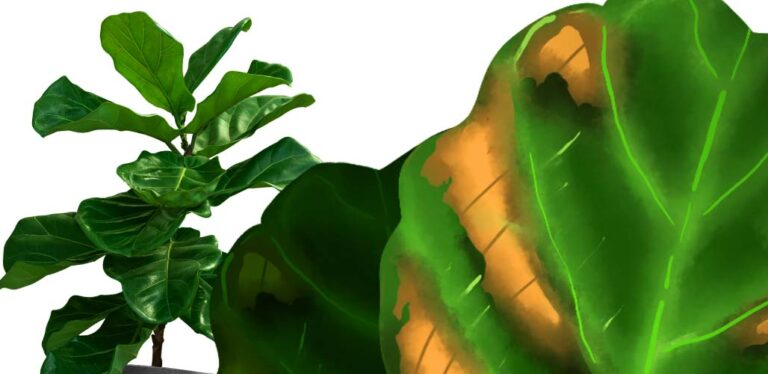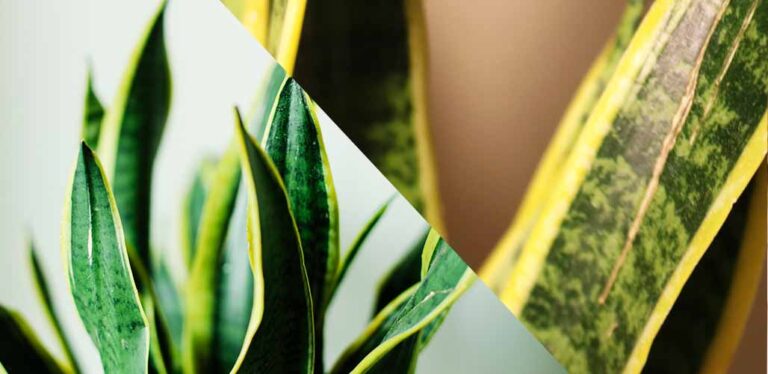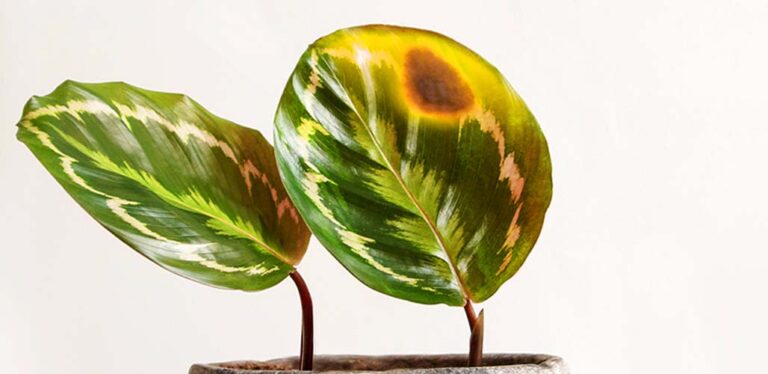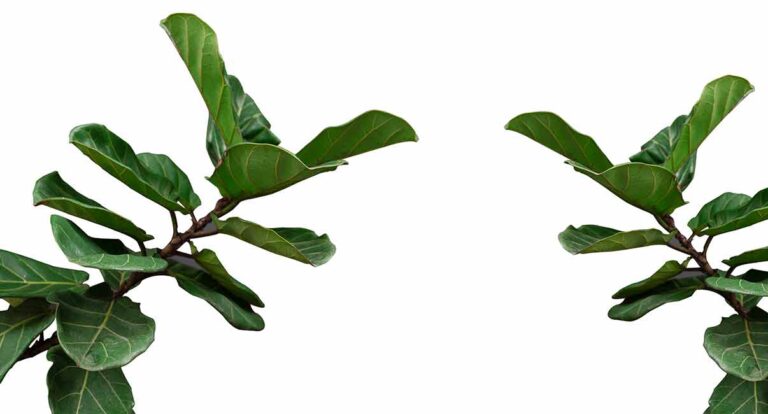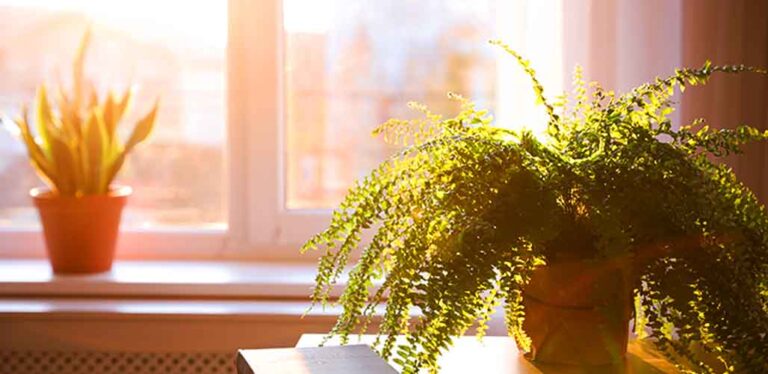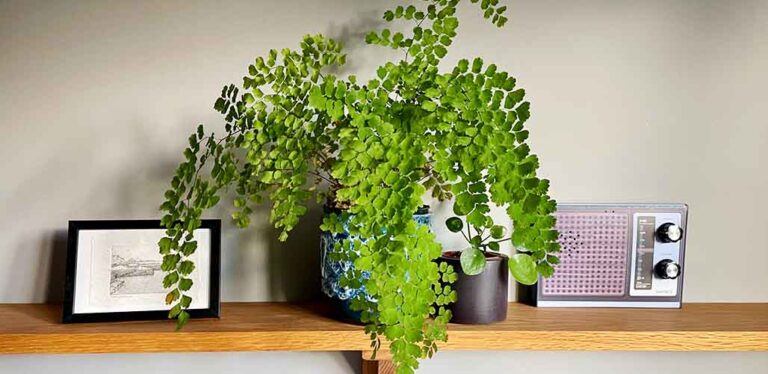How To Get The Humidity Right For Your Houseplants
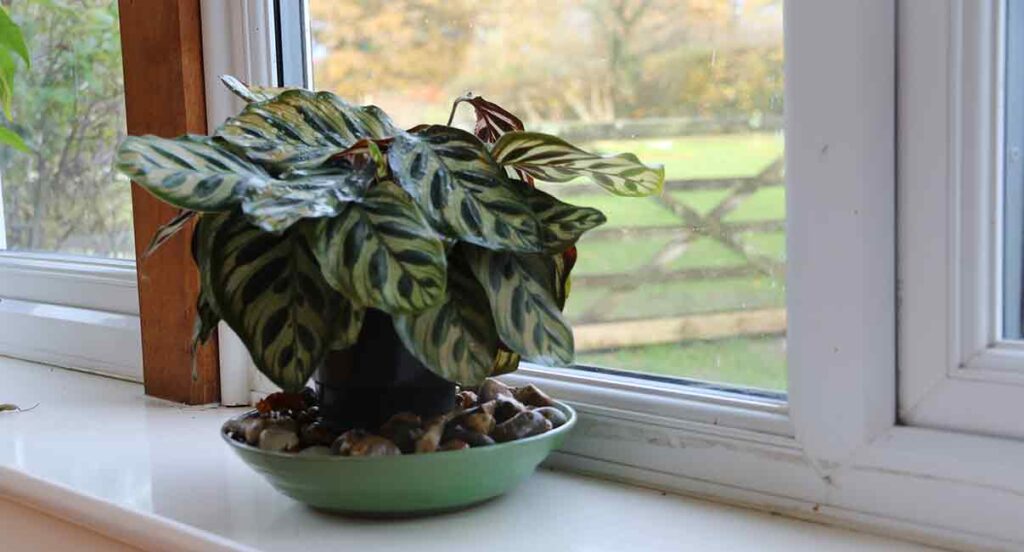
Getting humidity right for houseplants is always going to be something of a compromise.
Many of our most popular houseplants were originally tropical rainforest or jungle plants and their preference is for very high levels of humidity that most of us would not find comfortable in our homes.
Options to consider
What we are looking for is a level of humidity that your plants will tolerate, rather than the level of humidity that they truly prefer.
Choosing the most humid rooms for your humidity loving plants is a good starting point.
Best rooms in the house for humidity loving plants
The highest humidity levels in most homes is found in the kitchen and bathroom.
Even then, with modern air conditioning, and ventilation systems, the humidity in those rooms is unlikely to be sufficient for some houseplants, without extra help from you.
Another consideration is that choosing a location based on humidity isn’t always ideal. You probably didn’t buy a beautiful Calathea in order to hide it away in a bathroom. And of course space in front of the window in most kitchens and bathrooms is limited.
So location is unlikely to be the whole solution. You are going to have to take extra steps to create a humid microclimate around some of your plants.
Pebble tray vs humidifier.
One option for raising humidity, is to stand your plant on a tray of pebbles, and keep those pebbles standing permanently in shallow water.
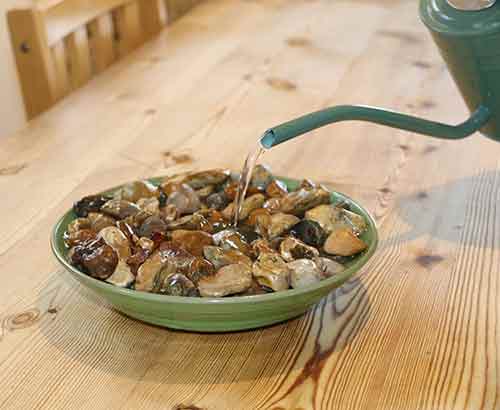
You don’t want the water lapping around the roots of the plant so make sure that the pebbles are not completely covered.
Pebble trays can look pretty, but they take up more space than a regular plant pot holder, and are not as efficient at providing background humidity, as an electric humidifier.
However, humidifiers are expensive and not the most attractive items to have in your home. And constantly raised humidity can increase the chances of your house becoming attractive to annoying pests.
So unless you have a large collection of humidity loving plants in a dedicated room, pebble trays for individual plants are a better option. Just remember to change the water regularly to prevent it becoming smelly and potentially infested with insect larvae or other pests.
Misting the leaves of your houseplants
Another popular approach to providing humidity for houseplants is to mist the leaves of the plant regularly with water.
It’s important to recognize that misting alone is not going to raise the humidity around your plant by very much. In most homes, the plant will be dry within half an hour, and misting only raises humidity during the thirty minutes or so that water is evaporating from the leaves.
However, many plants benefit from having their leaves misted. It helps to remove surface dust, and they do enjoy that little temporary boost in humidity
Plants that enjoy misting include many of those with smooth shiny leaves such as this Calathea. Take care not to mist plants with furry leaf surfaces such as African Violets, and those from arid regions or with spines such as cactuses.
Good enough rather than perfect
I have quite a few Calatheas in my conservatory and while the conservatory is attached to my kitchen, it is not nearly as humid as the Calatheas would like. I don’t know about you, but I don’t want to relax in jungle-like humidity, so we compromise.
Some of the Calatheas have pebble trays and are misted when I remember. Which isn’t every day.
I water them little and often so that they are always damp and never soggy. And that seems to keep them happy enough. My Pothos and Tradescantias get the same treatment
I think it’s important to remember that we’re not looking for perfection here, we just need to do a good enough job to help our plants thrive within our homes.
I’d love to hear your tips for getting the best from your humidity loving plants. So do drop a comment in the box below!

